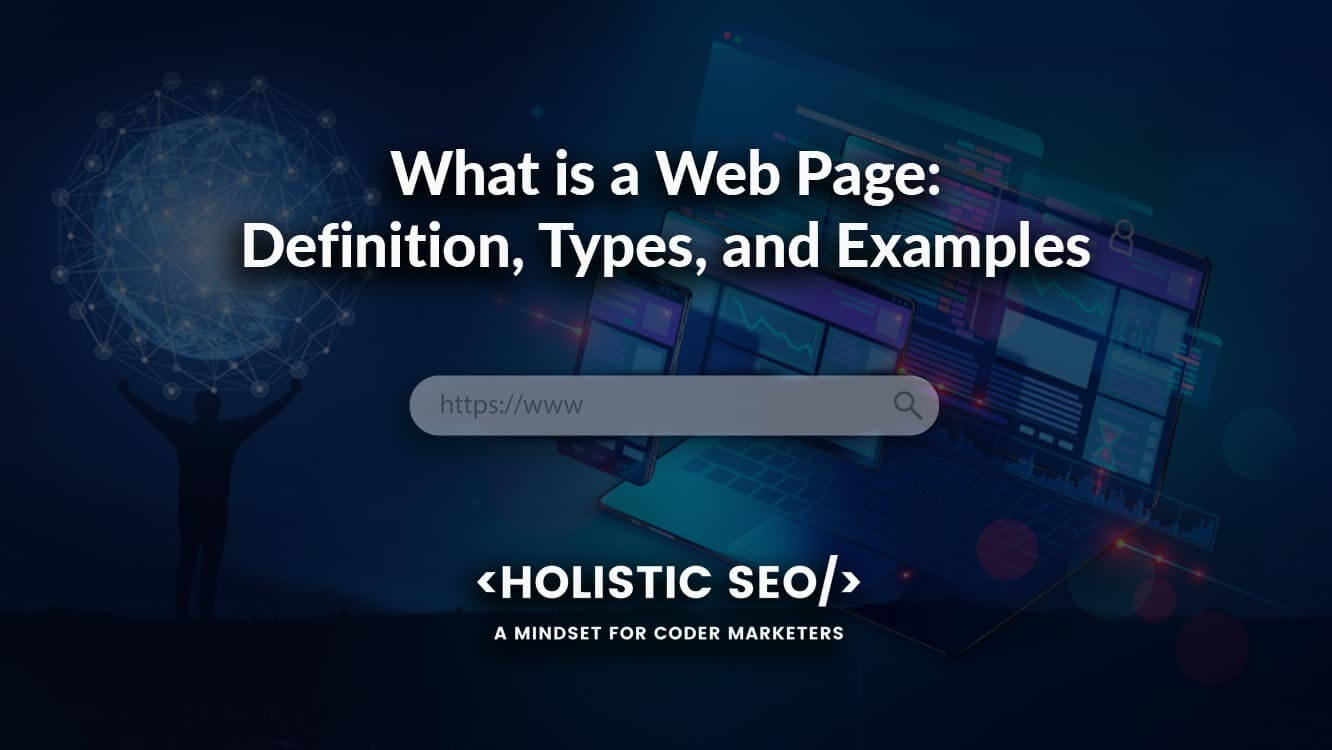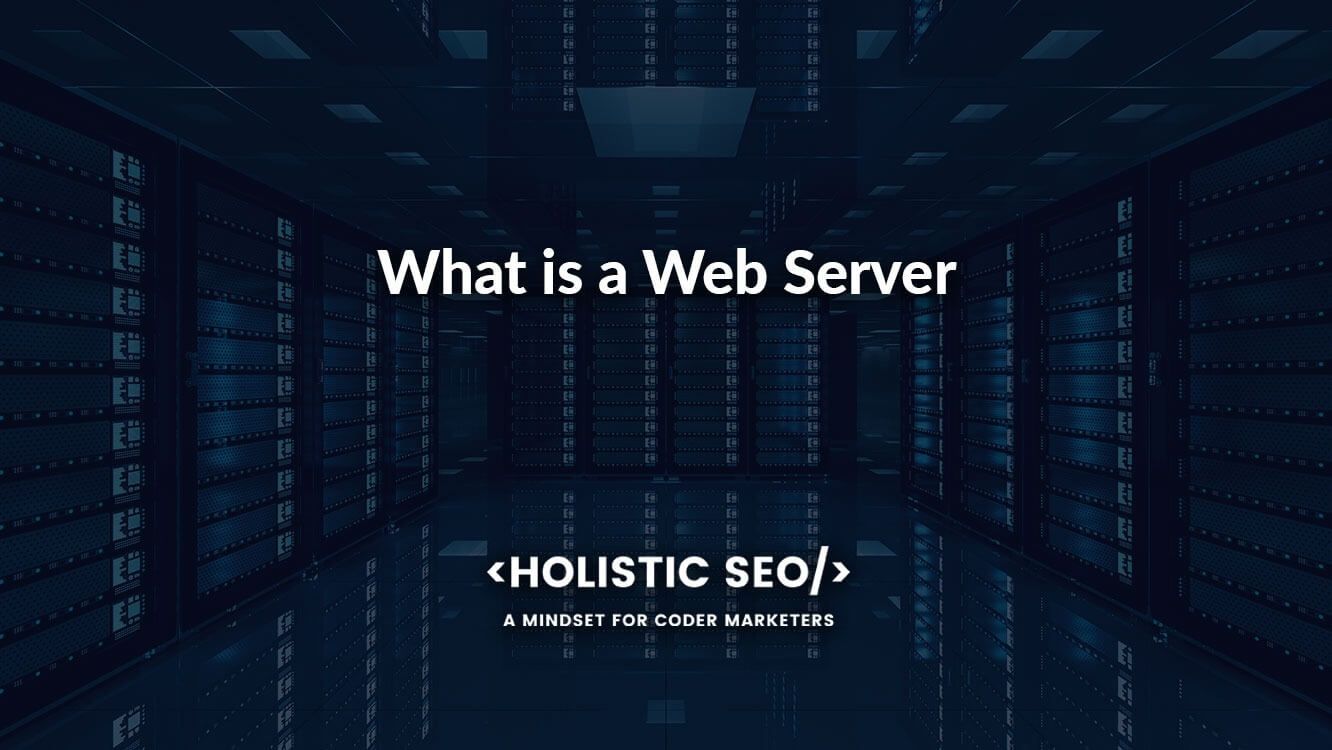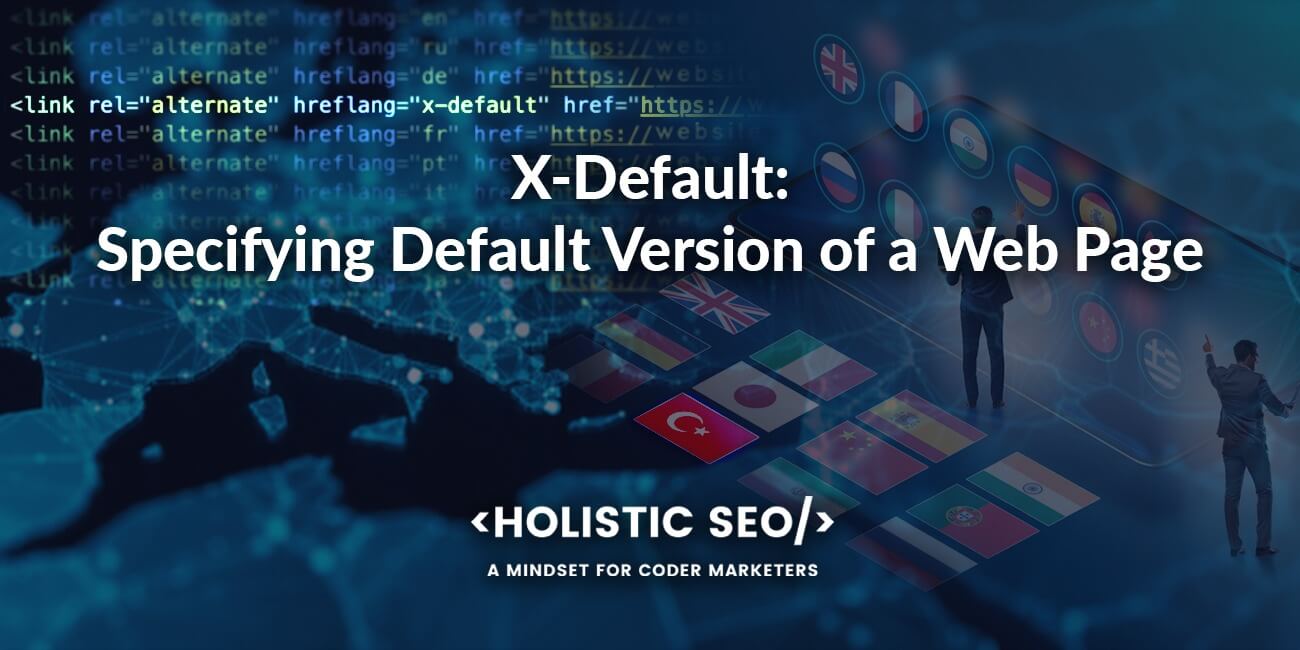A World Wide Web (WEB) page is a hypertext document that is a part of a website on the open World Wide Web to be presented to a user via web browser and the webserver. The term web page is used first in the 1990s as an analogy for the concrete papers that are connected to a book. A website has been seen as a book with multiple pages, thus the term World Wide Web Site has generated the term World Wide Web Page.
What are the Elements of a Web Page?
Elements of a web page define the functions and parts of a web page such as its content, text, images, or its design and layout. All of the UX and Web Development-related elements of a web page are listed below.
- Hypertext Markup Language (HTML) for rendering the DOM of the web page
- Cascaded StyleSheet (CSS) for giving the design effect to the web page
- JavaScript Code for Dynamic Interaction
- Images as PNG, JPG, WebP, AVIF, JPEG
- Videos as WebM, MP4
- Font Files as TTF, WOFF, WOFF2, EOT
- Iframes as Embeddable Content
- Navigation Design Elements such as a Header and Footer Menu
- A Web Page Layout for the Components within the Web Page
- A Web Server to be served to the user-agent over internet
- A Web Site to be a part of it as a web page
- Uniform Resource Locator (URL) to be served and found on the open web
What is the role of Uniform Resource Locator for Web Page?
A Uniform Resource Locator is used to find a web page on the open web and request it from the webserver. If the URL is requested by the user-agent, the web browser starts to transform all the elements of a web page into an interactive document with the requested images, text, and video elements. Users’ devices can be mobile, or desktop devices, thus based on the user-agent differences, a web page can be served as different versions in terms of layout, or content design. The role of the Uniform Resource Locator for a web page is the represent the web page’s name as a file, or folder within the address bar of the web browser.
Is a responsive web page important for mobile usability?
A URL can stay the same even if the content of the web page changes based on the mobile or desktop user-agents. In the case that content of the web page changes while the URL stays the same, a search engine crawler can ignore the content of the web page for the desktop version. Using the mobile version of the web page as the canonical version is called mobile-first indexing, and later, mobile-only indexing. Google uses the mobile version of the web page for indexing and ranking purposes, while if the content doesn’t exist for the mobile version, it will be ignored even if it exists for the desktop version of the web page. Thus, using the responsive design with mobile-first principles, or using adaptive-serving based on user-agent differences while keeping all of the content as matched between the desktop and mobile versions of the web page is beneficial for the SEO.
How can a Web Page be deployed?
To deploy a web page, front-end web development, and back-end development technologies should be used. A web page can be deployed with a server-side statically rendered version, or it can be served dynamically with the client-side rendering. A web page can be generated based on a template engine and a database such as MySQL, or GraphiQL. The on-page SEO Elements and the content of the web page can be requested from a database to be generated on the server-side or the client-side in the context of web page deployment. Web development and web page deployment are connected to each other on different levels such as creating a web page, serving a web page, and updating a web page. Based on the web page deployment stage, the web page lifecycle elements such as the early-life cycle of the web page, or the late-life cycle of the web page can be used to perform web page loading performance optimization.
Is web page speed important?
Yes, web page speed is important to provide a better user experience for the web users and crawl efficiency for the search engine crawlers. The request size, request count, request order of the elements of a web page, and web server optimization, and structure can affect the web page speed. To improve the web page speed, the user-centric metrics and core web vitals such as Largest Contentful Paint, Cumulative Layout Shift, and First Input Delay should be optimized. To measure a web page’s loading performance, the lab data, and the field data can be used based on Real User Metrics, and web page loading simulator data, a web page can be optimized further to provide a better user experience, and crawl efficiency. The related terms to the web page speed in the context of a web page’s definition can be found below.
What information does a web page include for a web browser?
A web page can include information related to the scripts, styles, media, PDF, CSV files for the specific URL. A web browser can render a web page based on the information that is included within the web page’s source code. A web page can make itself more clear to a web browser with a correctly used HTML Syntax and Semantic HTML. Using a correctly implemented HTML syntax is useful for web accessibility. An HTML tag carries meaning for the web browser, and also for the web accessibility technologies.
What are the Web Page Applications?
A web page application is an app that works over a web page via a Single-Page Application, or a Progressive Web Application. A progressive web application can be downloaded to a user’s device to be cached and used offline. A single-page application can be used as hybrid web apps for high interactivity and faster and better page loading performance. A single-page application can be used to create a web page with the front-end technologies such as ReactJS, VueJS. A progressive web application can be deployed with the help of a Service Worker and Manifest JSON file. A web page can be improved with PWAs and Single-page App technologies.
What is the difference between a web page and a website as a term?
The main difference between a web page and a website is that a web page is a part of a website. A website can consist of only a single web page, or multiple web pages while a web page needs a website to exist and be served via a web server. As a term, the website is generated from Web World Wide Site, and the web page is generated based on the definition of a website.
What are the web page types?
A web page type is defined based on the web page’s purpose, layout, and technology. The web page types are listed below.
- Landing Page is a web page type to use for a specific landing purpose for the users.
- Product Page is a web page type to give information about a product along with letting it to be bought.
- Product Category Page is a web page type to list products from a certain type.
- Service Page is a web page type to give information about a specific service.
- Service Category Page is a web page type to list certain types of services with related information.
- Corporate Page is is a web page type to give information about a corporate.
- About us Page is a web page type to give information about a website.
- Privacy Page is a web page type to give information about the data usage of a website for the visitors.
- Conditions and Terms Page is a web page type to tell the usage terms of a website.
- Profile Web Page is a web page type to give information about a company, a person, or a thing.
- Homepage is a web page type to unite all of the web pages, it is called index.
- Blog Page is a web page type to publish an article about a specific thing such as a recipe, food, or technology, and product.
- News Page is a web page type to give information about a new event.
- Event page is a web page type to give information for an event and make people registar to the event.
- News Category Page is a web page type to categorize all of the related news.
- Contact Page is a web page type to give a chance to the users to contact with the website owner.
- 404 Page is a web page type to give information about non-200 status code web pages.
- Menu Page is a web page type to give all of the possible menus of a website.
- Sitemap Page is a web page type give all of the links of a website with an organized structure.
- Search Page is a web page type to perform a seasrch activity within the website.
- Registration Page is a web page type to provide a form for registration.
- Portfolio Page is a web page type to show the success stories or the past works.
- Cart Page is a web page type show the prodcuts that are added to the cart.
- Payment Page is the checkout page for performing a payment activity.
The web page types are representatives of the purposes of a web page such as registration, payment, reading, or learning and sharing. A web page’s purpose can be seen from the elements of the web page such as text elements, or image elements. A search engine and a user can understand the purpose of a web page from its layout, and meanings of the elements.
Can a web page affect the quality of a website?
Yes, a web page can affect the quality of a web page. The quality of a web page can be measured based on the information level, accuracy, service speed, product quality, web page loading performance, reliability of the website. A web page will affect the quality of a website with multiple aspects such as its speed, or its accuracy. A poor-quality web page can affect a website’s prestige and organic search performance.
Can a web page pass PageRank?
Yes, a web page can pass PageRank. PageRank is the link quality, and link quantity that redirects the users and crawlers to a web page. If a web page has many links from quality web pages, its PageRank will be higher. Via hypertextual links, a web page can pass its PageRank to another web page. During the passage of PageRank, a certain amount of PageRank will be lost which is called the Dumping Effect of PageRank. Link Sculpting is one of the methods to protect the PageRank value of a web page. A web page’s PageRank value can affect its organic search performance.
Can a web page affect the success of a marketing campaign?
Yes, a web page can affect the success of a marketing campaign. A quality web page can increase the conversion rate of a landing page while a slow loading and badly designed web page can make users bounce from the web page. The bounce rate of a web page can signal its quality issue. The layout and design of the web page elements can make a website more quality, or less quality. A distracted design without enough color contrast, and slow loading and response times, a web page can decrease the UX-friendliness along with the search engine friendliness.
Last Thoughts on Web Page Definition and Holistic SEO
A web page can be defined based on a website. Definition of a web page, its origin, and functions, elements, deployment styles are related to the different verticals of SEO, and Holistic SEO. A web page can be served via a web server, and it can be made faster via web page loading performance metrics. A web page can be created with ReactJS or Jinja2. Different rendering methods such as Client-Side Rendering and Server Side Rendering, or different databases such as GraphiQL and MySQL can be used. Understanding all of the terms and methods related to a web page will help an SEO to understand the optimization of individual web pages to improve the quality of a website overall.
- Sliding Window - August 12, 2024
- B2P Marketing: How it Works, Benefits, and Strategies - April 26, 2024
- SEO for Casino Websites: A SEO Case Study for the Bet and Gamble Industry - February 5, 2024



Small typo you might want to fix: inventor of the internet is Tim Berners-Lee.
Enjoy reading the blog posts by the way. Especially the one about bertopic.
Keep it up!
Kind regards,
Jan Willem